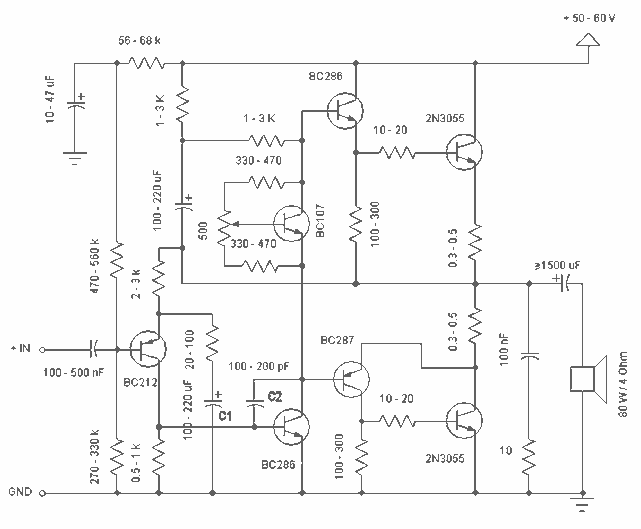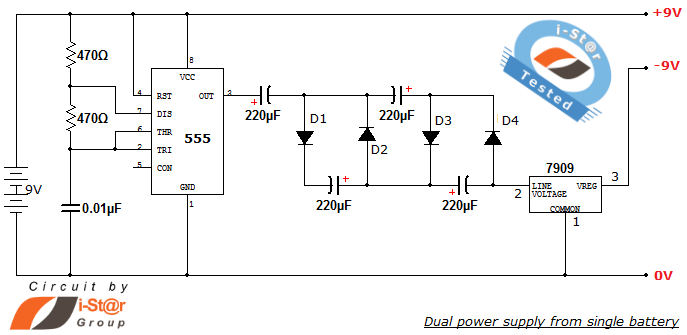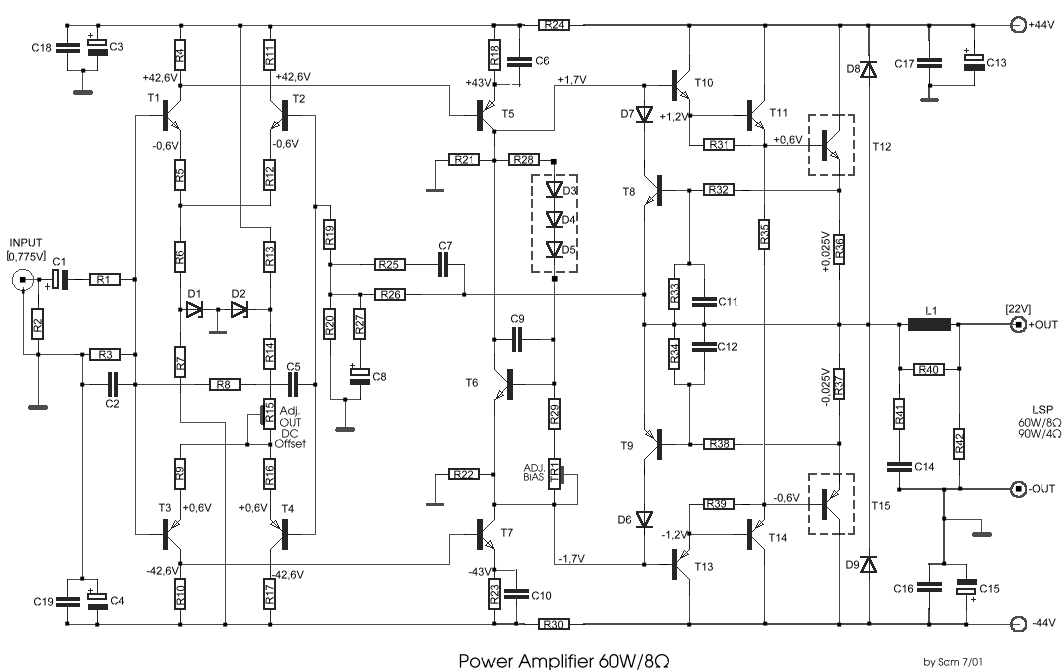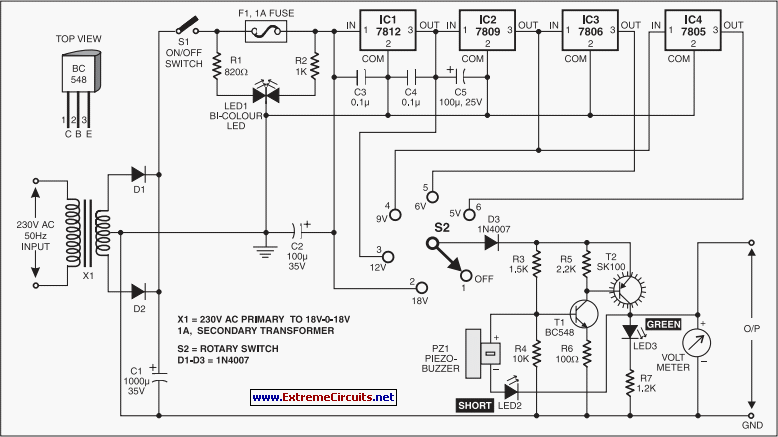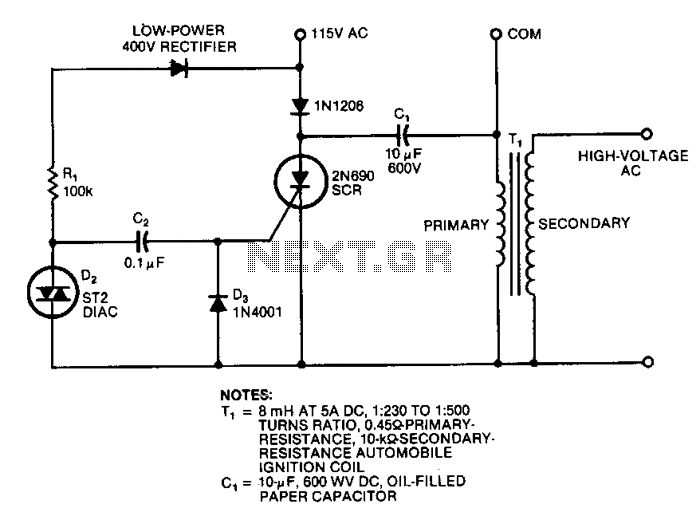
Power Supply Design Made Easy
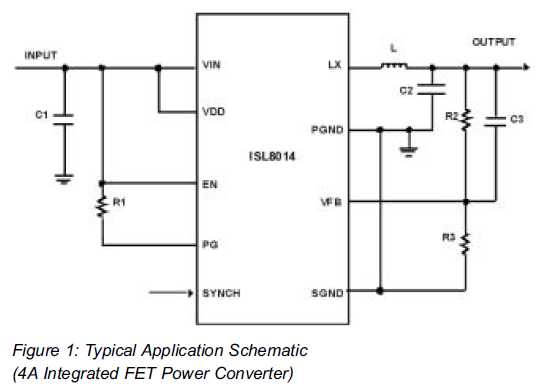
Utilizing Integrated Switching Regulators in Power Supply Design Engineers often find themselves pondering where to begin when designing power supplies. Key decisions must be made regarding...
Integrated switching regulators are critical components in modern power supply design, offering efficient voltage conversion and regulation. These devices utilize a method of switching to control the output voltage, significantly reducing energy losses compared to linear regulators. The design process begins with determining the input voltage range and the desired output voltage and current specifications.
Engineers must consider the switching frequency, which impacts the size of passive components such as inductors and capacitors. Higher frequencies allow for smaller components but may introduce challenges such as increased electromagnetic interference (EMI) and reduced efficiency due to switching losses.
In selecting an integrated switching regulator, it is essential to evaluate the control topology—voltage mode or current mode—each offering different benefits in terms of transient response and stability. Additionally, the choice of external components, including inductors and capacitors, must align with the regulator's specifications to ensure optimal performance.
Thermal management is another critical aspect, as switching regulators can generate heat during operation. Proper heat sinking or thermal pads may be necessary to maintain component reliability. Furthermore, the layout of the PCB plays a significant role in minimizing parasitic inductance and capacitance, which can affect the regulator's performance.
Overall, the integration of switching regulators in power supply design enhances efficiency and allows for compact designs, making them a preferred choice in various applications, from consumer electronics to industrial equipment.Using Integrated Switching Regulators When it came to power supply design, most Engineers would scratch their head thinking, œWhere do I start? Decision must be decided concerning.. 🔗 External reference
Integrated switching regulators are critical components in modern power supply design, offering efficient voltage conversion and regulation. These devices utilize a method of switching to control the output voltage, significantly reducing energy losses compared to linear regulators. The design process begins with determining the input voltage range and the desired output voltage and current specifications.
Engineers must consider the switching frequency, which impacts the size of passive components such as inductors and capacitors. Higher frequencies allow for smaller components but may introduce challenges such as increased electromagnetic interference (EMI) and reduced efficiency due to switching losses.
In selecting an integrated switching regulator, it is essential to evaluate the control topology—voltage mode or current mode—each offering different benefits in terms of transient response and stability. Additionally, the choice of external components, including inductors and capacitors, must align with the regulator's specifications to ensure optimal performance.
Thermal management is another critical aspect, as switching regulators can generate heat during operation. Proper heat sinking or thermal pads may be necessary to maintain component reliability. Furthermore, the layout of the PCB plays a significant role in minimizing parasitic inductance and capacitance, which can affect the regulator's performance.
Overall, the integration of switching regulators in power supply design enhances efficiency and allows for compact designs, making them a preferred choice in various applications, from consumer electronics to industrial equipment.Using Integrated Switching Regulators When it came to power supply design, most Engineers would scratch their head thinking, œWhere do I start? Decision must be decided concerning.. 🔗 External reference
Warning: include(partials/cookie-banner.php): Failed to open stream: Permission denied in /var/www/html/nextgr/view-circuit.php on line 713
Warning: include(): Failed opening 'partials/cookie-banner.php' for inclusion (include_path='.:/usr/share/php') in /var/www/html/nextgr/view-circuit.php on line 713
